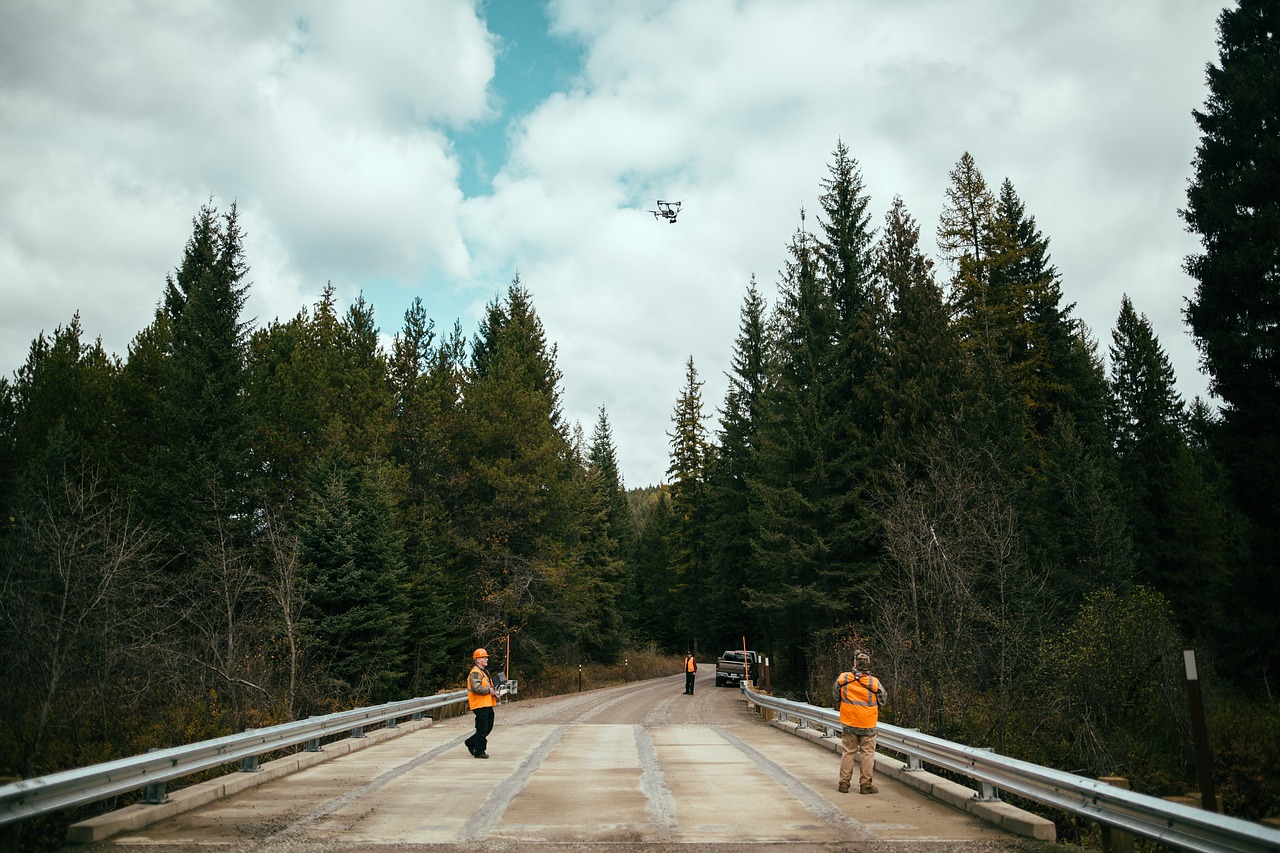Comprehending a future buzzing with robots and drones, it’s easy to see the wide potential of UAVs across nearly every industry. But while the promise of UAVs is widely recognized, laws regarding them vary from nation to nation. In some places, like in some parts of Europe, onerous permit processes and other rules are impeding business. Part of the problem is a disconnect between laws for manned and unmanned aerial vehicles and piloted aircraft; technology has sped forward, while regulators are lagging. Some of it also could be the inability to envision a smooth operation of both types of aircraft in the same space.
Not so in the United States, which is on the leading edge of UAV adoption worldwide.Because the US allows operation of both piloted UAVs and preprogrammed UAVs that fly set flight paths without a pilot, the landscape is much wider open for the drone industry here. So, companies such as Kespry, which provides a software and drone package that enables construction, mining and insurance pros to survey large areas after quickly setting a preprogrammed flight into an iPad, are a large portion of the future UAV market. Consequently, other concerns—like UAV pilot training—also are coming into focus.“I think the issue of line of sight is the equivalent of broadband Internet,” said Juan Plaza, CEO of Juan B. Plaza Consulting, which specializes in UAV and general aviation issues. “What will happen with the drone industry, as soon as we see that it’s safe to do, is the integration of manned and unmanned aircraft in the same space.”Preparation for that integration already is underway. The FAA’s Part 107 went into effect in August 2016, enabling flight schools to train UAV pilots in the common language of those who operate in the skies. Flying is not part of the curriculum, but rather, the FAA is trying to school UAV pilots so they can operate drones in a space that will include many of them in the future. It’s a question of safety—UAV pilots must understand the environment they will be sharing with manned aircraft before taking to the skies.In its rules and regulations, the United States appears much more open to business for UAVs than other nations, like Germany, where an aversion for drone use by some citizens has resulted in a burdensome regulatory process. The FAA is pursuing policies that will engender a more active, competitive drone industry. One of those plans is the Low Altitude Authorization and Notification Capability system (LAANC).“The FAA is aiming to have a prototype of the Low Altitude Authorization and Notification Capability system (LAANC) live before the end of the year and the full system should go online in February of 2018. This system will provide commercial operators with pre-approved flight zones and maximum altitudes for operating drones near airports,” said Jonathan Evans, co-president of Skyward.The new system will create opportunity and simplify the process of legally operating a drone, allowing drones to be operated within five miles of an airport and in controlled airspace. LAANC is considered a precursor to the NASA-led development of an Unmanned Aerial Vehicle Traffic Management (UTM) system.Begun in 2012, the UTM plan of a low-altitude airspace management system for UAVs has more than 100 companies signed on. The FAA and NASA have created a joint research transition team, with the intent of transferring UTM to the FAA in 2019. The FAA has used LAANC to develop maps with maximum altitudes and pre-approved flight zones for operating drones.“LAANC will enable drone operators to access some airspace that previously required a waiver, and it will automate the waiver application process, significantly reducing the wait time for approvals. It will also give recreational drone pilots a way to notify air traffic control when they plan to fly within five miles of an airport,” Evans said. “As one of 12 members of the LAANC working group, Skyward is helping to develop this capability as an essential method to help our customers operate efficiently and safely—our main priority as a business."The new regulations are expected to support the vendor-customer relationship, by smoothing operations.“Currently, Part 107 requires operators to obtain a waiver or airspace authorization to access surface-controlled airspace. This has been a big problem because most urban centers are encompassed by controlled airspace, and the waiver/authorization process often takes weeks, sometimes months,” Evans said. “When LAANC goes live early next year, Skyward will be able to offer access to those airspaces with the push of a button. This is probably the most exciting thing coming down the pipe, and it lays the first digital tracks to a clearly emerging aerial robotics network.”Part 107 already has been quite useful in helping commercial operators access the airspace, Evans added.“We’re seeing our customers provide real value—currently in the context of one drone per pilot, operating within visual line of sight. Part 107 is an excellent scaffold that is already supporting a vibrant commercial market. I’m not sure you’re going to see much more from the FAA in the near future that progresses the regulatory framework at that kind of scale. However, companies like Skyward have ways of certifying technology under current regulations to start moving us beyond the Part 107 operational context. For Skyward, this is especially exciting, now that we’ve become a Verizon company,” Evans said.Things are moving quickly. This fall, fifty airports in the US will be providing LAANC authorization. The system will allow UAV operators to get instant approval to fly in US controlled airspace. Geofencing is an important part of the process.“I think that in the US, aviation authorities have a history of regulating stuff in the air. But with drones, they can fly fairly low and local law enforcement want to be sure these drones are not a threat. They want to close off airspace for a period of time, like for a politician’s visit or a sporting event,” said Marc Kegelaers, CEO of Unifly. “We can actually create a temporary no-fly zone in our system…. The world is waking up to what is needed to grow drone markets.”What is needed for that growth is the ability of UAVs and manned aircraft to coexist well in the same space. Kespry’s business model—an unpiloted drone system for surveying—is possible only in the US because the operator doesn’t need a pilot license. That latitude is both a selling advantage for the US and a point of intense interest across the globe.“The world is looking at the US, because it’s possible they have regulations that are too strict [when compared to those in the US],” said Hendrik Bodecker, CFO and Founder of Drone Industry Insights.Subscribe
The information you submit will be stored and used to communicate with you about your interest in Commercial UAV News. To understand more about how we use and store information, please refer to our privacy policy.
October 11, 2017
A More Perfect Union: US Regulations Trend Toward Coexistence of UAVs, Aircraft




.png.small.400x400.png)











Comments